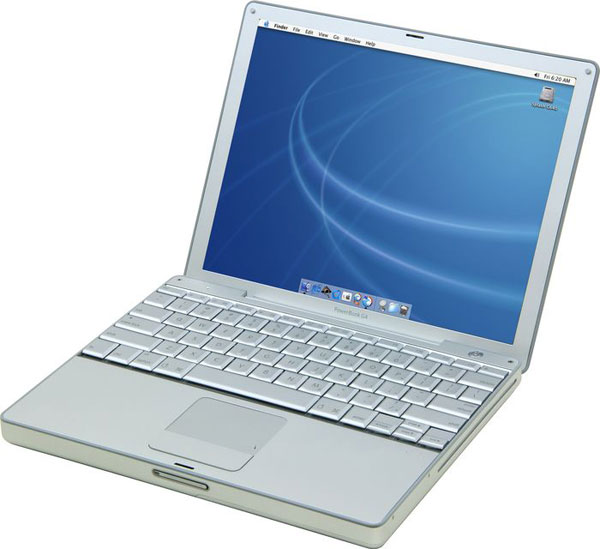

MAC POWERBOOK G4 SOFTWARE
My first reaction to researching all of this: Just look at that list of third-party software that they used to include in every one of these computers. And with the extra graphics horsepower it handled Castle Wolfenstein with ease. I got the computer to do video editing, and the extra resolution definitely came in handy when I would run Final Cut Pro. The DVI model upped that by 23% according to Apple’s PR. The first couple revisions of the Powerbook G4 had an 1152×768 resolution. The big news of note in the hardware department was the display. AirPort ready (the high-end 800Mhz model came with the card installed).Slot-loading combo drive (fixed from the original DVD-ROM drives).ATI Mobility Radeon 7500 w/ 32MB DDR SDRAM.15.2" Widescreen, enhanced to 1280×854 resolution.

I sold both of those computers to buy one of the 667Mhz PowerBooks. At that point I had a Blue & White G3 and one of the Dual USB iBooks and wanted to consolidate my computing to one machine. There were problems with the display hinges, the new slot-loading DVD drive (an industry first in a laptop) and the FireWire controller.Īpple spec bumped up to 550 & 667Mhz in October, adding gigabit ethernet as well as boosting the bus on the 667 to 133Mhz but the real second generation Titanium PowerBook came in April 2002. They were known for some quality issues, and the TiBook was no exception. This was a landmark introduction that would influence generations of designs across the PC industry (and still holds up well today).īack then, there was an unwritten rule that you skip the first generation of a new Apple product. In January 2001, Apple brought out the Titanium PowerBook G4. You can find him on Twitter and ADN as or at his blog over at. Currently he’s a developer of FileMaker and iOS apps. Jared’s been a Mac user since 1st grade and sold them from 1999–2003 for an Authorized Reseller in the Seattle area. This month’s entry is written by Jared Sorge.


 0 kommentar(er)
0 kommentar(er)
